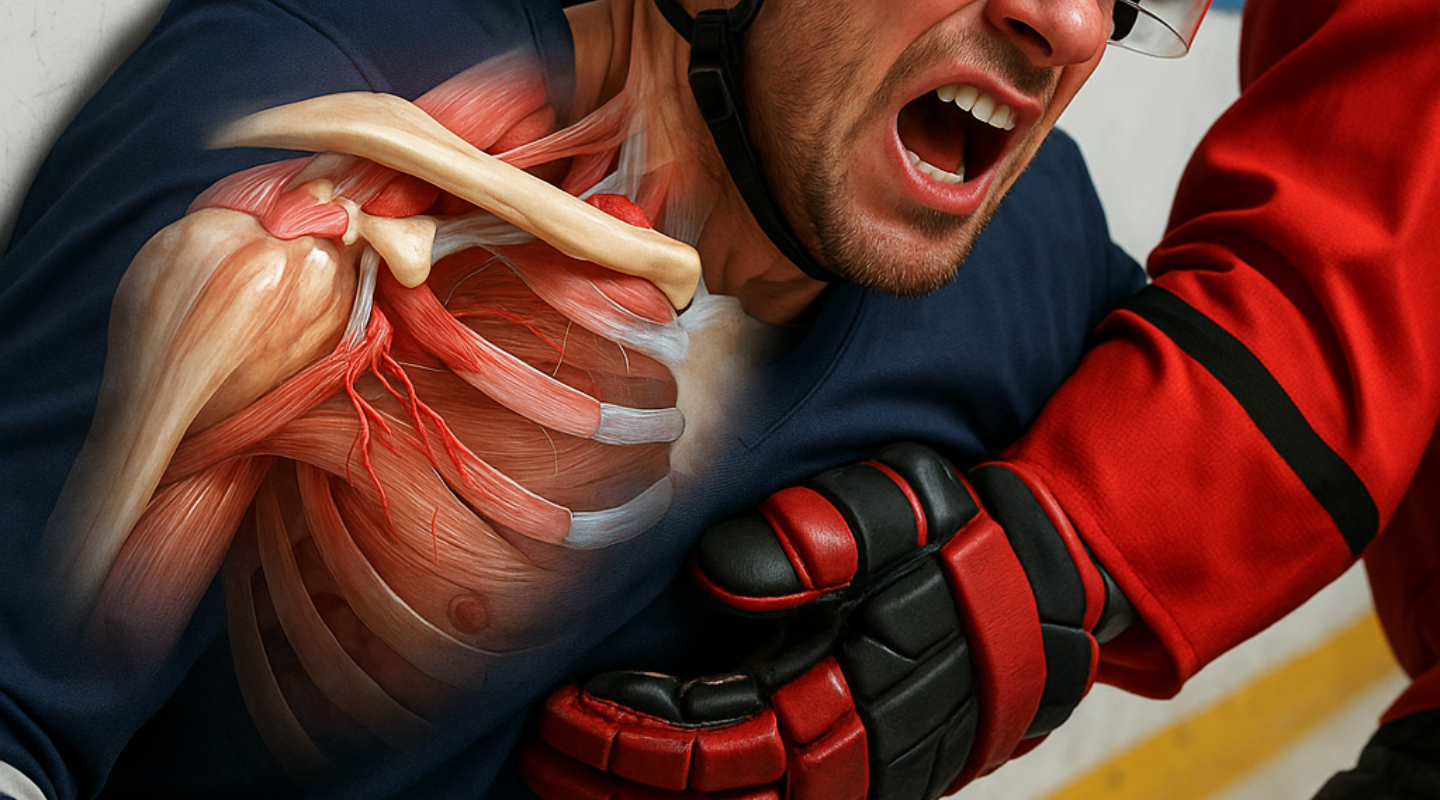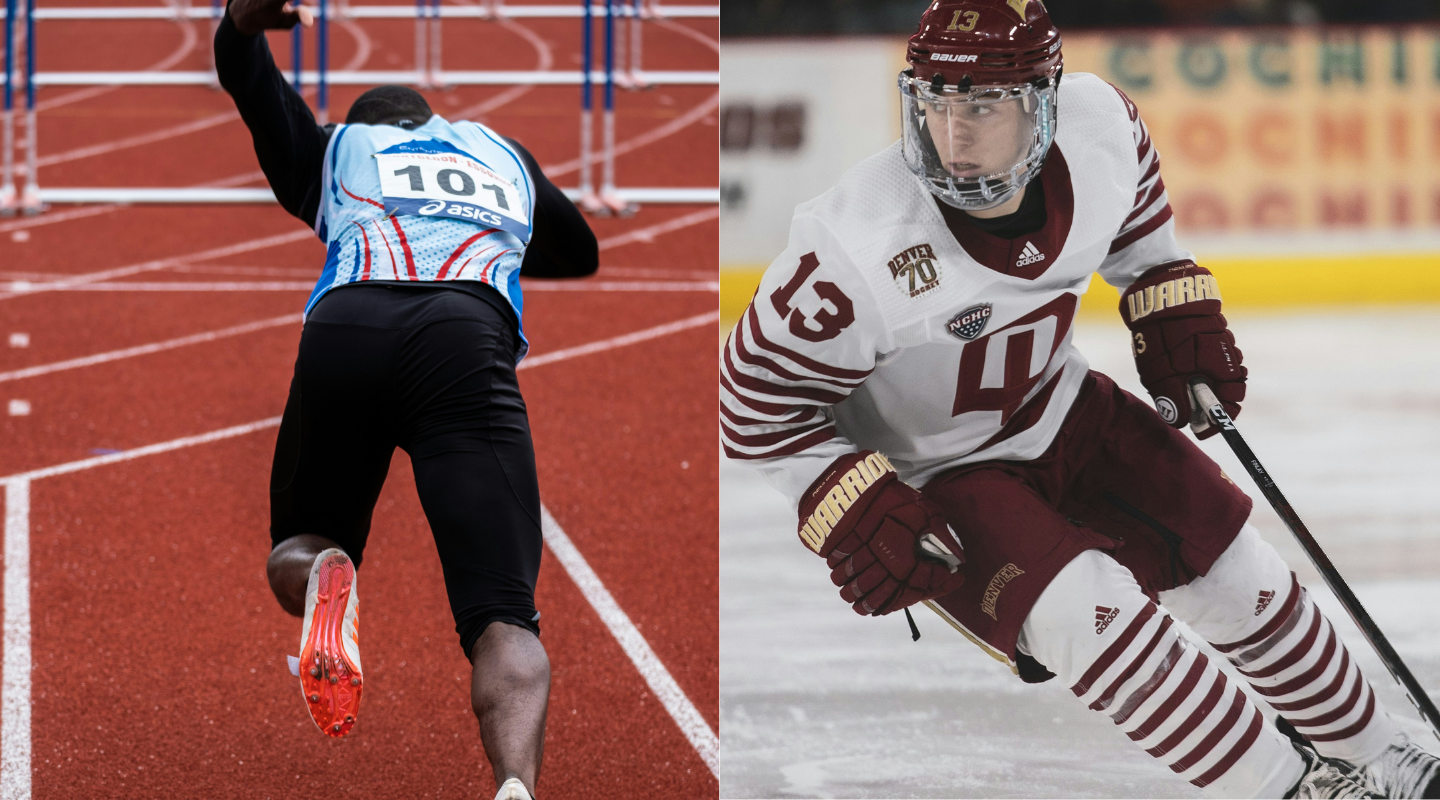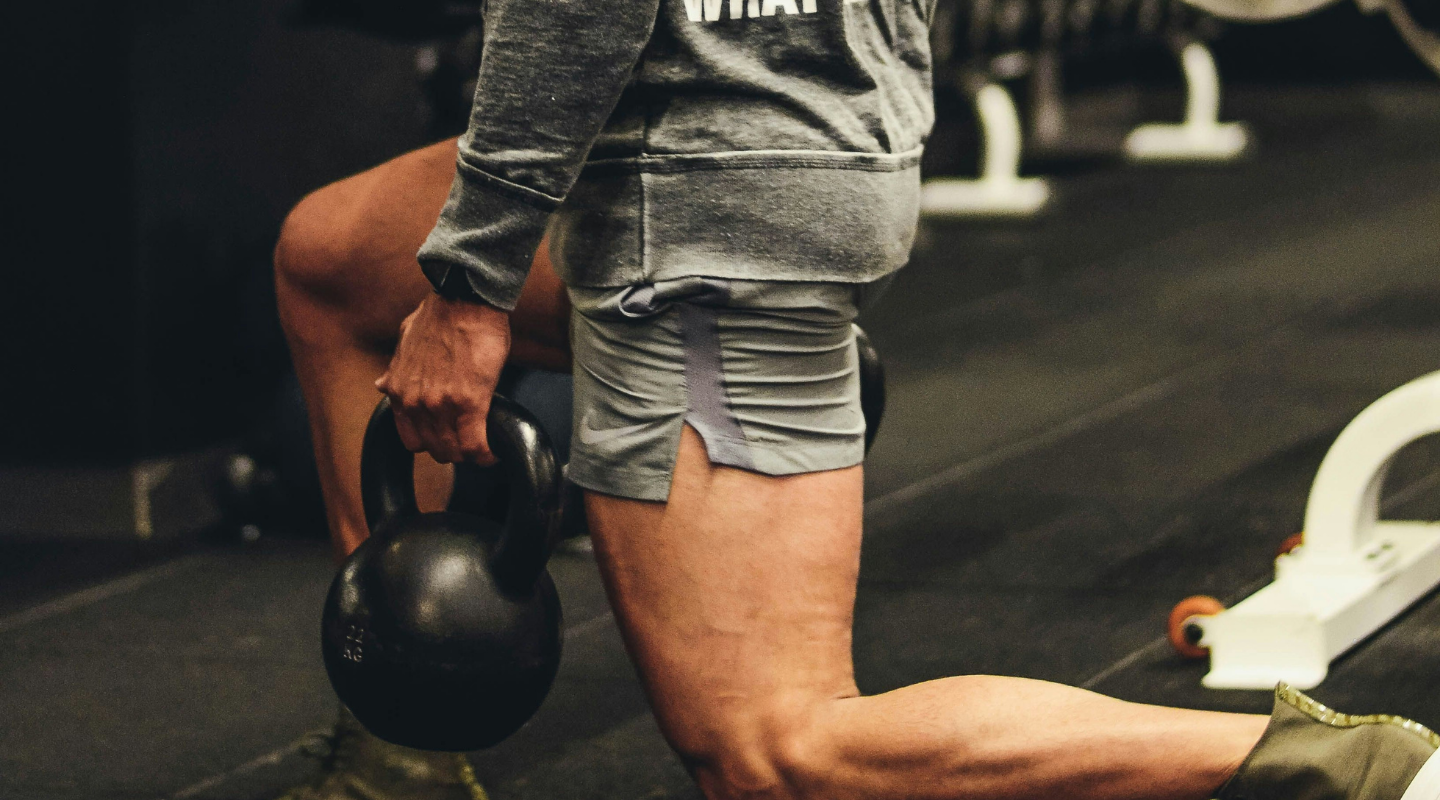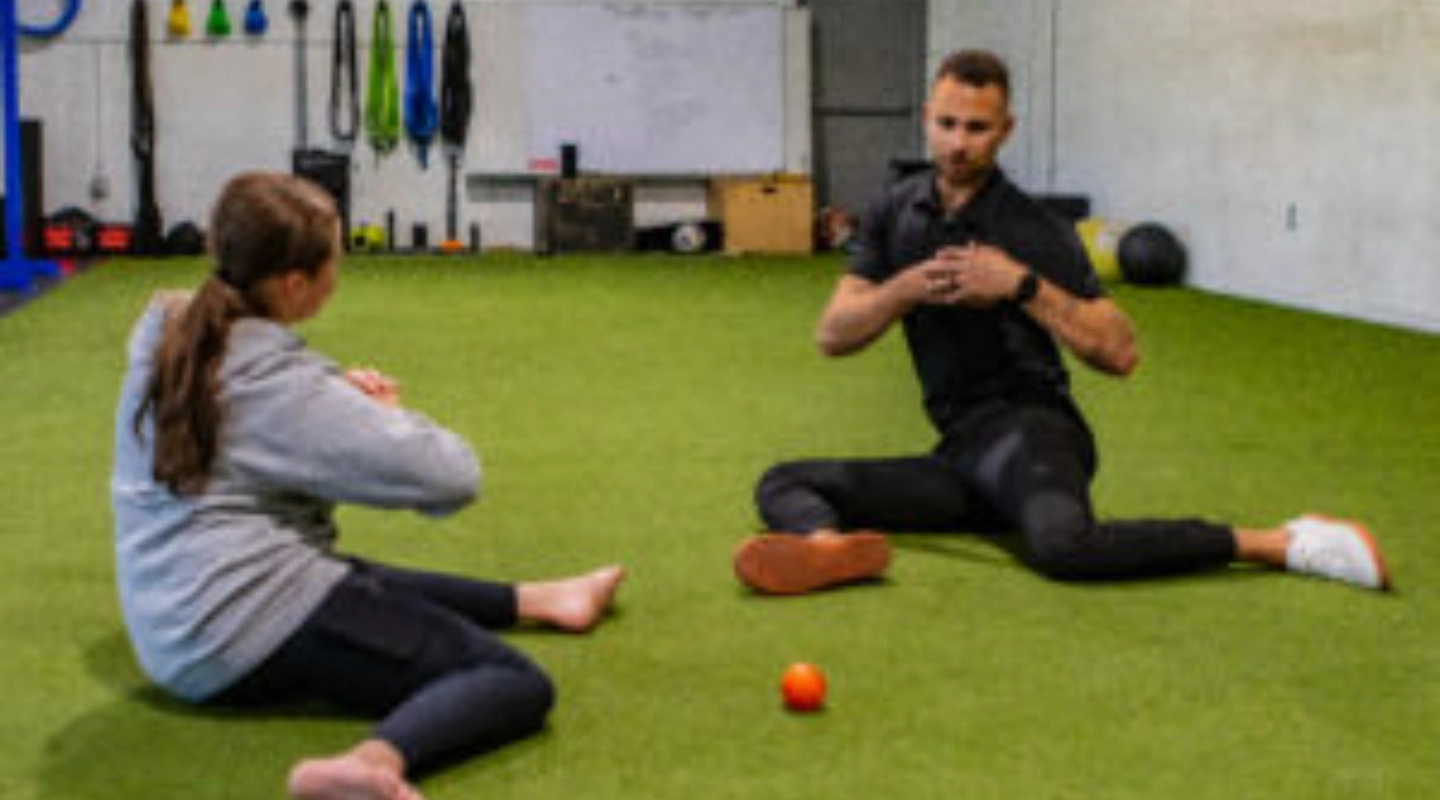
What Is an AC Joint Injury (Shoulder Separation)?
What Is an AC Joint Injury?
An acromioclavicular (AC) joint injury—often called a shoulder separation—affects the joint where the clavicle meets the acromion. Unlike a shoulder dislocation (ball-and-socket), AC injuries involve sprain/tear of the AC and/or coracoclavicular ligaments, creating varying degrees of separation.
In hockey, most cases follow a hard fall or direct blow—checks into the boards or collisions on ice that force the shoulder downward. Athletes we see at Ghost Rehab & Performance in Grand Rapids/Byron Center, MI commonly present after these exact mechanisms.
Why AC Joint Injuries Are Common in Hockey
- High-speed collisions and frequent falls on hard ice create axial load through the shoulder.
- Impacts with the arm adducted stress the AC and CC ligaments.
- Demographics of contact sports (often males <35) further raise incidence.
Injury Grades (Rockwood I–VI)
Grades I–III: typically non-operative; Grades IV–VI: usually surgical.
- Grade I (Sprain): AC ligaments stretched; no deformity; stable joint.
- Grade II (Partial Tear): AC torn; CC sprain/partial tear; mild bump; <~25% widening.
- Grade III (Complete): AC + CC torn; obvious bump; CC distance ↑ 25–100%; many treated non-operatively.
- Grade IV: Clavicle displaced posteriorly into trapezius; surgical.
- Grade V: Severe elevation (>100%); surgical.
- Grade VI (Rare): Inferior displacement beneath coracoid/acromion; high-energy; surgical.
Most hockey injuries are I–III; higher grades follow especially forceful impacts.
Symptoms and Clinical Diagnosis
Symptoms: Immediate superior shoulder pain, swelling, tenderness; pain with overhead or cross-body motion; visible “bump” in higher grades; perceived weakness/instability.
Exam: Point tenderness over AC; deformity in higher grades; “piano key” sign; pain with cross-body adduction test; ROM limited by pain.
Imaging:
- X-ray (bilateral AP ± axillary view) to grade separation and detect posterior displacement.
- Stress views used less commonly today.
- MRI only if severe/unclear or concomitant soft-tissue injuries suspected.
Treatment Pathways and Return Timelines
Non-Surgical (Typical for I–II and many III)
- Acute care: Ice, short-term sling, NSAIDs as appropriate, activity modification.
- Rehab: Early protected ROM → scapular control → rotator cuff/deltoid/traps → progressive pressing/pulling → contact readiness.
- RTP guide:
- Grade I: ~1–2 weeks (as pain allows, protective padding).
- Grade II: ~3–6 weeks.
- Grade III (non-op): ~6–12 weeks (pros can be sooner with criteria-based progression).
Surgical (Common for IV–VI; select III)
- Procedures: Reduction + fixation and/or CC ligament reconstruction (suture anchors, grafts, etc.).
- Post-op: Sling several weeks → phased PT; RTP ~4–6 months, individualized to position and contact demands.
At Ghost Rehab & Performance (serving Grand Rapids and West Michigan), we use criteria-based clearances: pain-free full ROM, near-normal strength, and sport-specific testing (shooting, checking, stick-handling) prior to RTP.
Ghost Rehab’s Athlete-Focused AC Joint Rehab
- Dry needling for pain modulation and early mobility when indicated.
- Myofascial release & joint mobilization (scapula, clavicle, thoracic spine) to restore mechanics.
- Neuromuscular re-education for scapular control and kinetic-chain timing.
- Progressive strengthening (isometrics → bands/DBs → horizontal/overhead press progressions).
- Hockey-specific return drills (stick checks, bracing, shot mechanics) with graded contact exposure.
Key Takeaways
- AC separations are common—and very treatable—in hockey.
- Early grading + structured rehab = faster, safer RTP.
- Many Grade III cases recover without surgery when rehab is executed precisely.
- Surgical cases return successfully with a longer, criteria-based timeline.
If you’re in Grand Rapids/Byron Center, MI and suspect an AC separation, our team at Ghost Rehab provides fast evaluation, athlete-specific rehab, and coordinated surgical care when needed.
References
(Keeping your list exactly as provided.)
- Orthobullets – Acromioclavicular Joint Injury (Shoulder Separation) Overview.
- AOSSM Sports Medicine Update (Winter 2023) – Impact of AC Joint Injuries in Ice Hockey.
- OrthoInfo – AAOS: Shoulder Separation (AC Joint Injury) Patient Guide.
- OrthoInfo – AAOS: Shoulder Separation Treatment.
- Orthobullets – AC Joint Injury Classification and Treatment.
- Clinical Study – Return to Play After AC Joint Injuries in NHL Players.
- Dry Needling Research – Analgesic Effects in Shoulder Pain.
- Physical Therapy Guide – AC Joint Injury Rehab and Exercises.
- Ghost Rehab – Founder’s Profile (Dr. Jamie Phillips).
.png)




